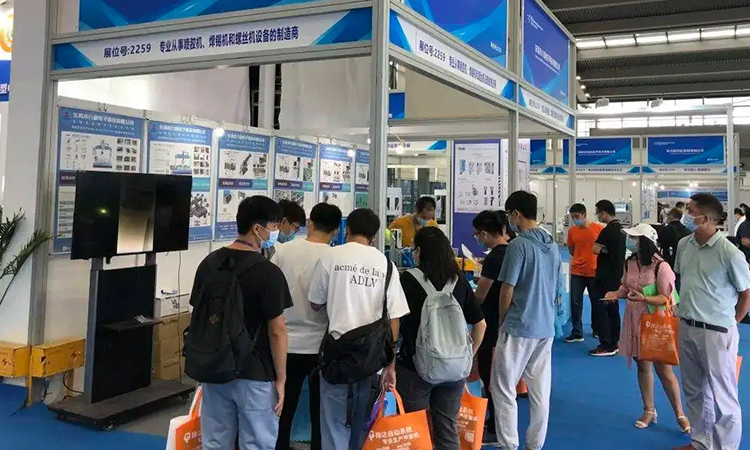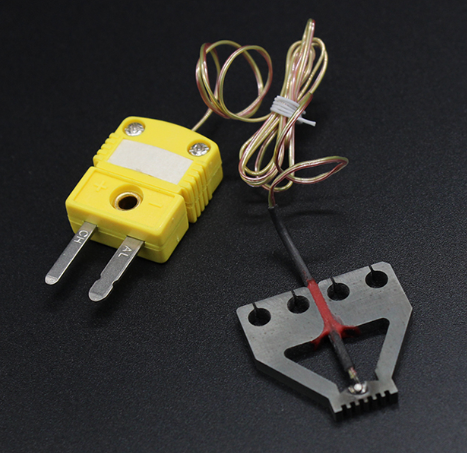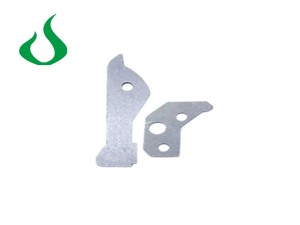The resistivity of the spot welding head not only depends on the metal species, but also depends on the heat treatment condition, processing method and temperature of the metal. The touch resistance exists for a short period of time, usually in the early stage of welding, which is composed of two reasons: The surface of the workpiece and the electrode has a high resistivity oxide or dirty material layer, which will greatly hinder the current. Too thick oxide and dirty material layer will prevent the current from conducting. Under the condition that the surfaces is very clean, because of the microscopic unevenness of the surface, the workpiece can only form touch point on the part of the rough surface. Consolidation of the current line at the touch point. The resistance at the touch point is increased due to the shrinking of the current path. The resistance Rew between the electrode and the workpiece is compared with Rc and Rw, because the resistivity and hardness of the copper alloy are generally lower than that of the workpiece, so it is very small, and has a smaller effect on the nugget composition. We less consider its influence.
- The influence of spot welding head welding current: The influence of current on heat generation is greater than both resistance and time. Therefore, it is a parameter that must be strictly controlled during the welding process. The main reason for the current change is the fluctuation of the gird voltage and the change of the impedance of the secondary loop of the communication welding machine. The impedance change is due to a few changes in the shape of the loop or the introduction of different amounts of magnetic metal in the secondary loop. Regarding the DC welding machine, the secondary circuit impedance changes and has no obvious influence on the current.
- The influence of welding time: In order to ensure the size of the nugget and the strength of the solder joint, the welding time and the welding current can make up for each other within a certain range. In order to obtain a certain strength of the solder joints , high current and short time(strong condition, also known as hard standard) can be selected, and small current and long time( week condition, also known as soft standard) can also be selected. Whether to choose a hard standard or a standard depends on the function, thickness of the metal and the power of the welding machine used. There are upper and lower limits for the current and time required for the metal of different functions and thicknesses of the spot welding head, which shall prevail when used.
- The influence of the electrode pressure of the spot welding head: The electrode pressure has a significant effect on the total resistance R between the two electrodes. With the increase of the electrode pressure, R decreases significantly, but the increase of the welding current is not resulting reduction in heat production. Therefore , the strength of the solder joint always decreases as the welding pressure increases. The solution is to increase the welding current while increasing the welding pressure.
- The influence of electrode shape and material function.

 LNG
LNG


